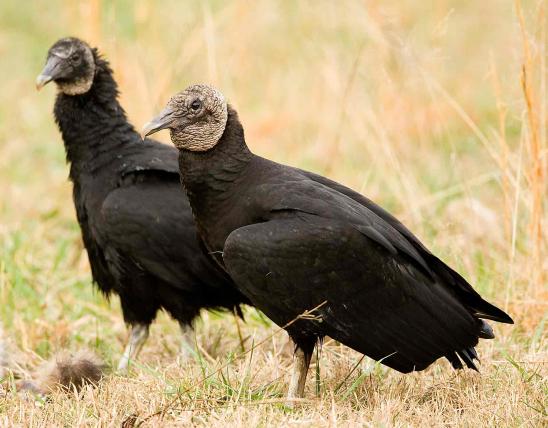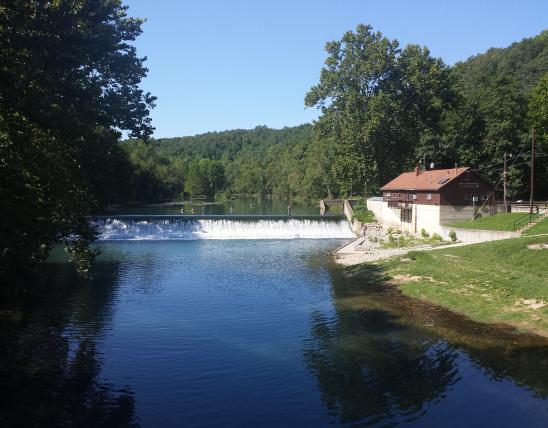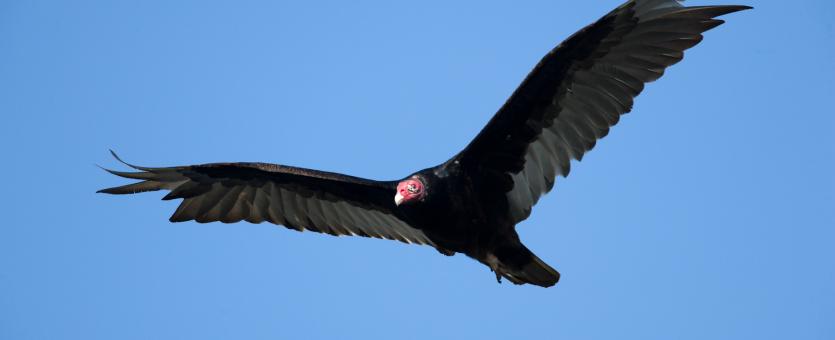
The turkey vulture is a large-bodied bird with blackish plumage and a small, red, naked head (juveniles have black heads). The beak is short, hooked and whitish. The legs and feet are pink but often stained white. From below, the wings appear black with the trailing half of the wing gray or silvery. When soaring, turkey vultures hold their wings in a V position (not flattened horizontally). Turkey vultures frequently tilt from side to side as they soar.
Similar species: Black vultures, common in the southeastern United States, are expanding their range northward, and Missouri sightings of them are increasing. Note their black head, shorter tail, and (seen from below) a white patch near the ends of the wings. When they soar, their wings are held nearly horizontal, and they frequently alternate between a series of three to four flaps and soaring.
Length: 27 inches (tip of bill to tip of tail); wingspan: 70 inches.
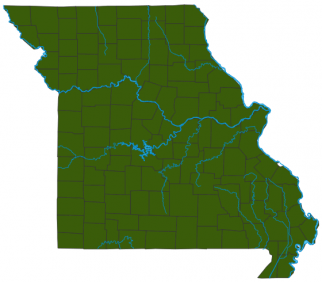
Common migrant and summer resident statewide, although less common in the southeastern part of the state. They are becoming locally common in the southern half of Missouri during the winter months.
Habitat and Conservation
Turkey vultures are especially fond of bluffs, where they can catch rising warm air currents upon which to soar. Adults have very few natural predators; adverse factors include collisions with automobiles as they feed on road-killed carrion.
Food
Turkey vultures are highly specialized carrion feeders, locating their food by smell as well as by sight. They are often attracted to road-killed carcasses.
Status
Common migrant; common summer resident (rare breeder, or absent in summer, in unforested parts of Mississippi Lowlands).
Life Cycle
Turkey vultures roost in large colonies but forage individually. Roosts are generally in large, bare trees. Breeding is in spring and involves courtship displays of several individuals. Turkey vultures lay eggs in caves, cliffs, crevices, hollow trees or brushy thickets. There are usually 2 chicks per clutch and little in the way of a nest. The helpless young hatch in 30–40 days and are fed by the parents for 10–11 weeks. Families stay together until fall.
Human Connections
These remarkable birds impress us with their soaring flight and help clean up the natural areas we enjoy. Contrary to the beliefs of some, turkey vultures do not kill live animals and present no danger to livestock.
Ecosystem Connections
As scavengers, turkey vultures perform a valuable service by cleaning up the woods, grasslands and even roadsides. Black vultures often rely on turkey vultures’ keen sense of smell to locate the carrion upon which they both feed.
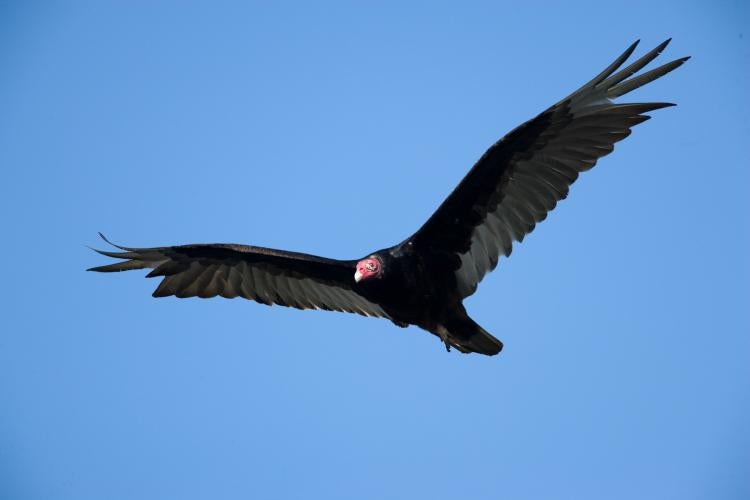
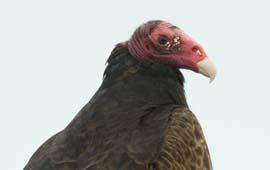
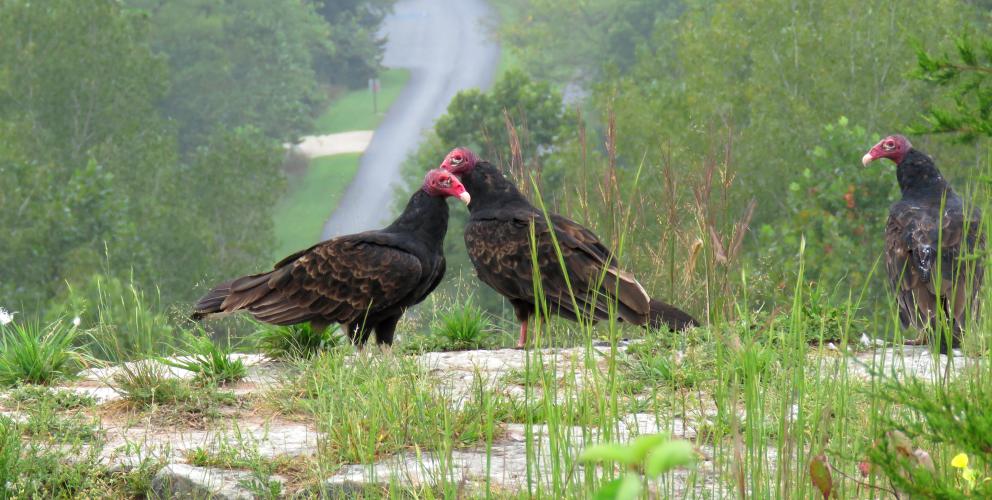
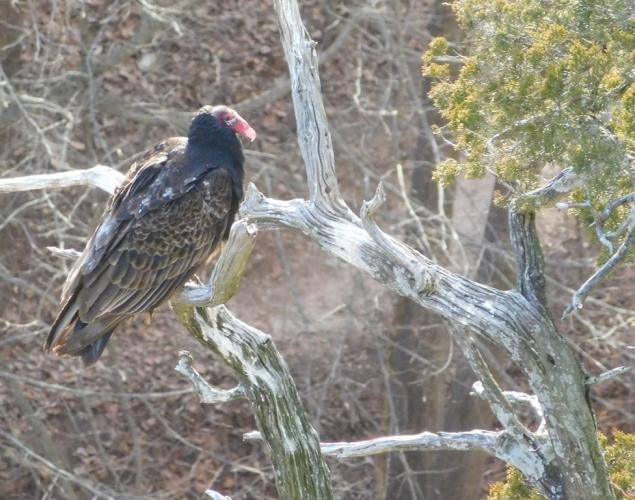

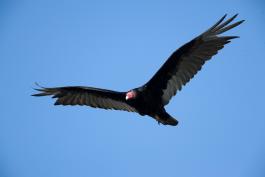
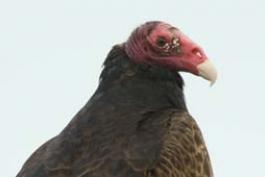

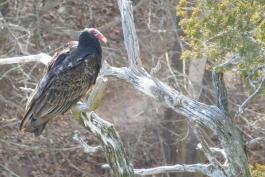
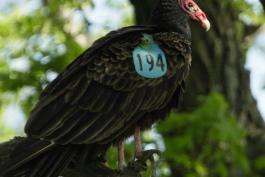
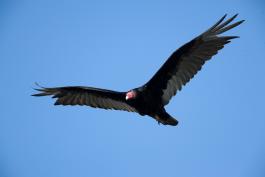

Where to See Species
About 350 species of birds are likely to be seen in Missouri, though nearly 400 have been recorded within our borders. Most people know a bird when they see one — it has feathers, wings, and a bill. Birds are warm-blooded, and most species can fly. Many migrate hundreds or thousands of miles. Birds lay hard-shelled eggs (often in a nest), and the parents care for the young. Many communicate with songs and calls.






















